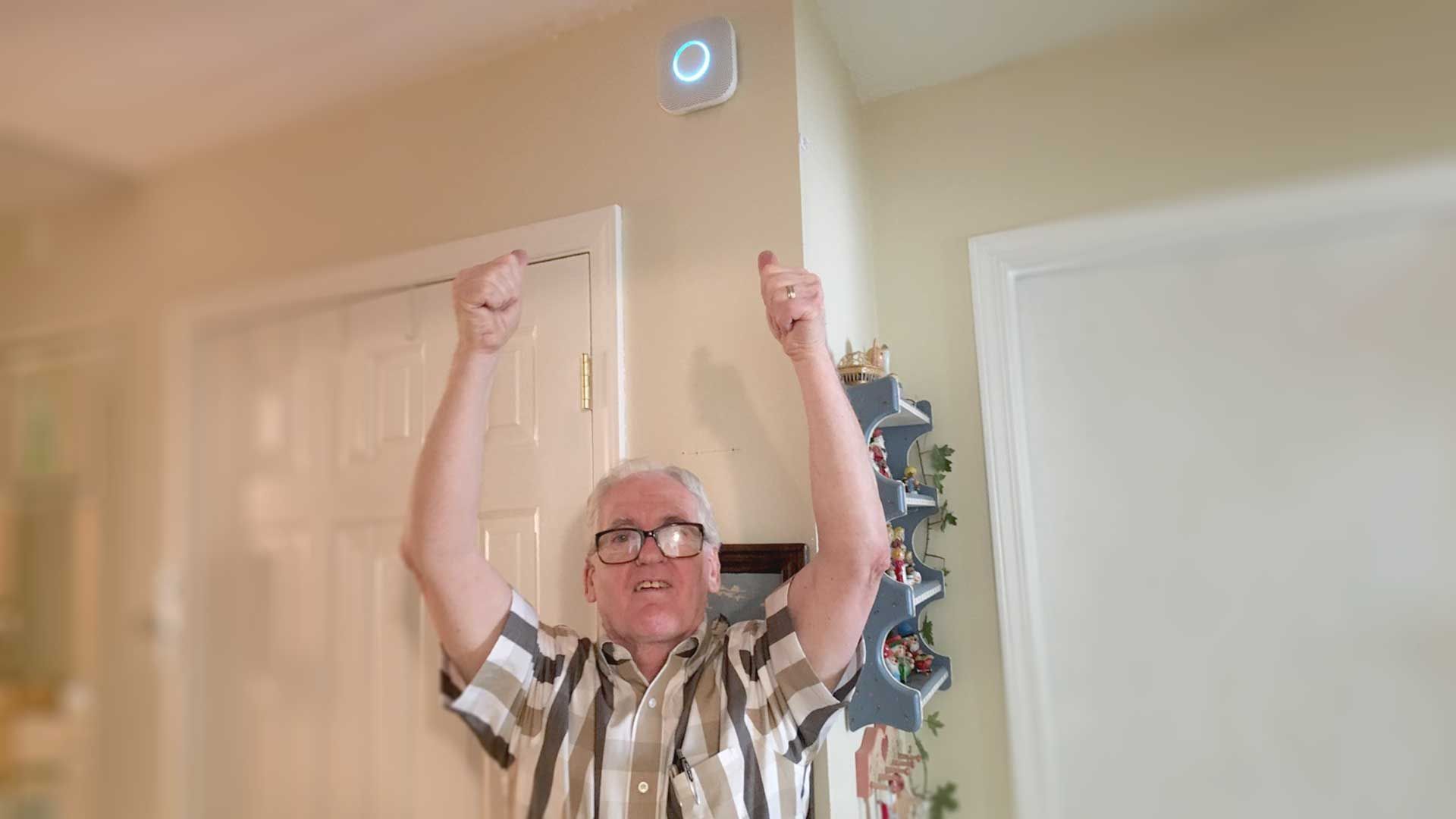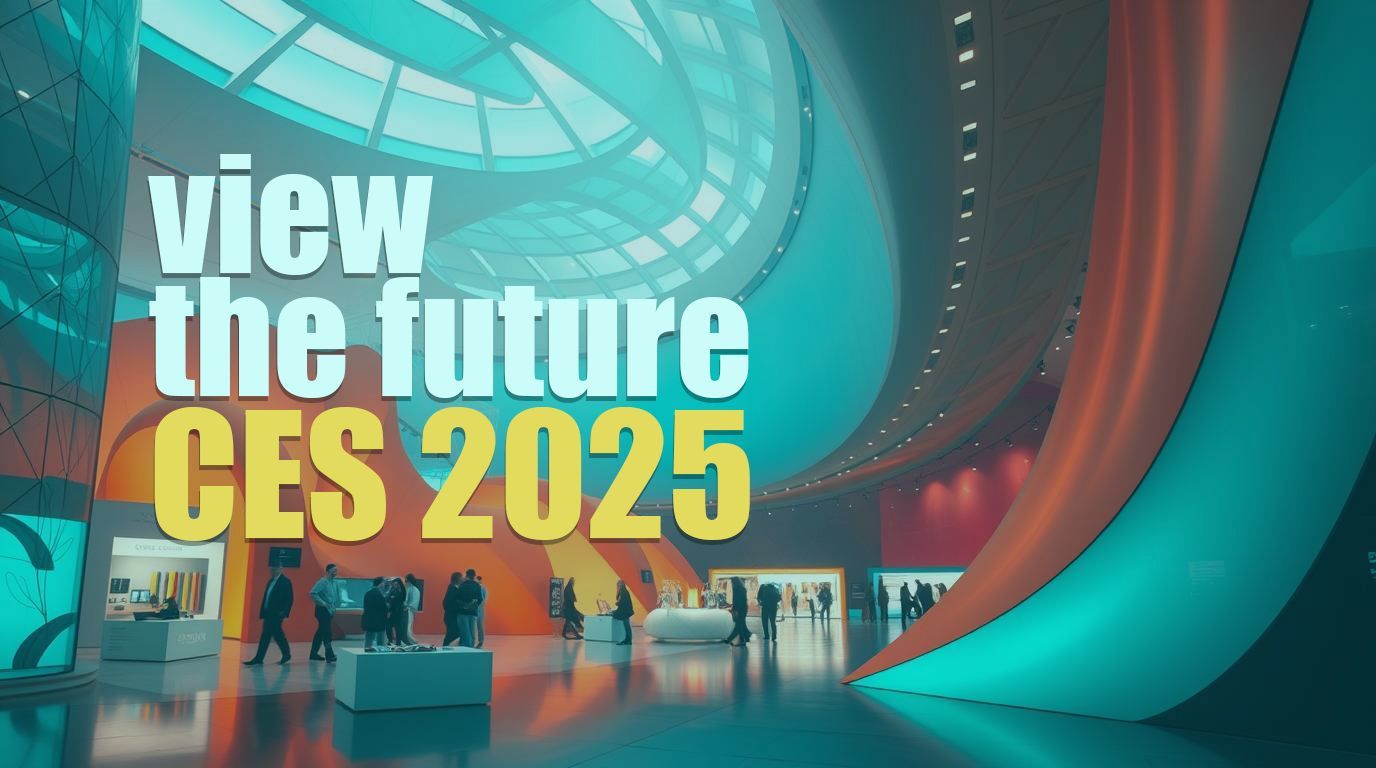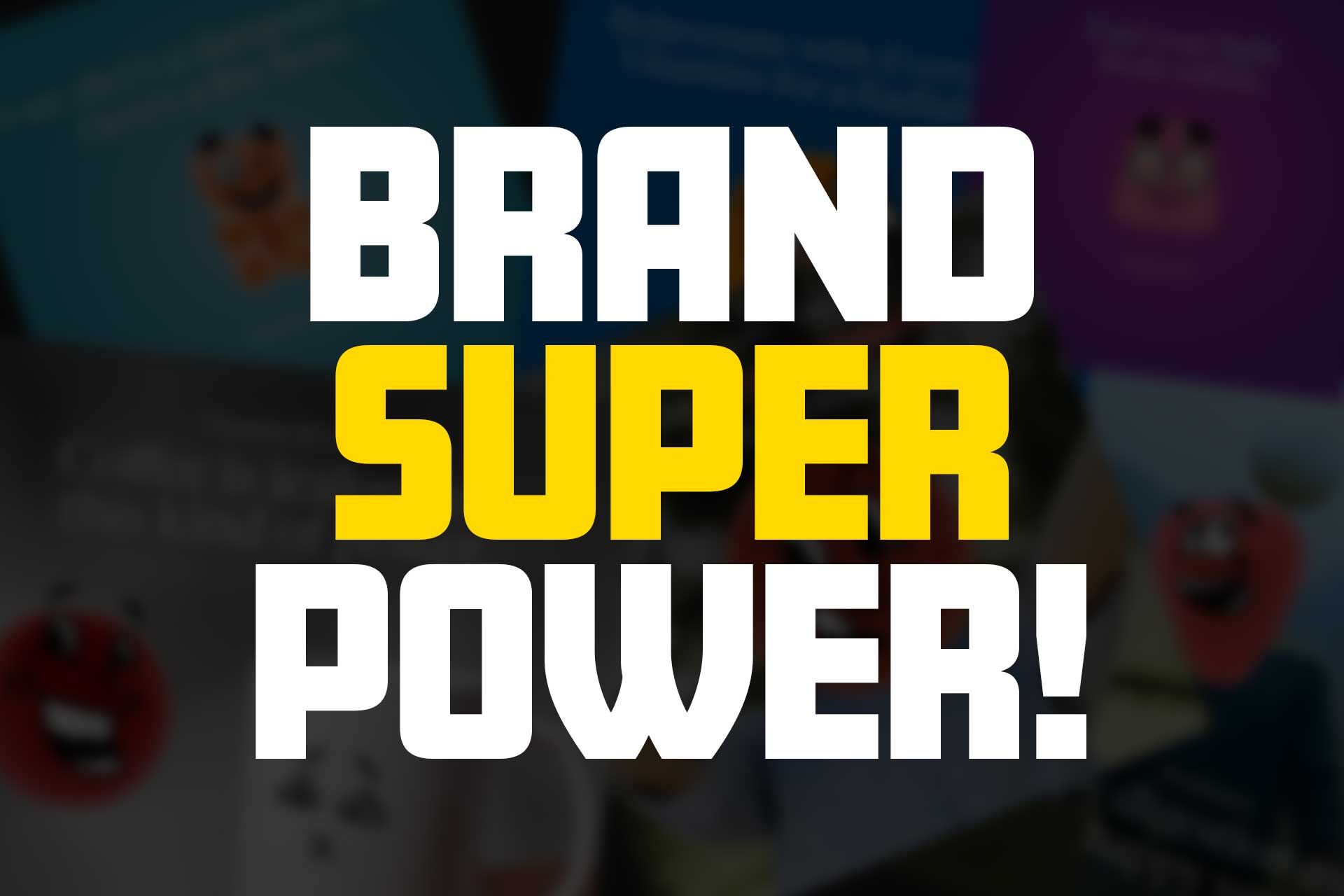January 8, 2025
I’ve always loved CES. It’s my favorite thing about the new year—some people set resolutions, but I look forward to CES in Las Vegas. When I worked at SanDisk and Western Digital, we spent the last quarter of each year prepping for our presence at CES. It added another layer of excitement (and stress) on top of the holiday rush, but there was something magical about seeing industry leaders and startups alike unveiling fresh ideas and inventions. I pour over the coverage showing the all the innovations - and this year the buzzing around AI, advanced mobility, digital health, and more has been so fun to see. For retailers and e-commerce professionals, the show offers vital insights into evolving consumer expectations and next-level business technologies. While the biggest themes tend to get the most coverage, CES is also known for its more unconventional side—gadgets that inspire equal parts amusement and curiosity. In this article, I’ll blend personal experiences with current research and firsthand impressions from CES 2025, highlighting trends, strategies, and quirky innovations that could reshape e-commerce and retail in the very near future. Major Themes Shaping CES 2025 One of the clearest messages at CES 2025 is that artificial intelligence is quickly becoming the foundation of modern technology. From smart TVs that offer personalized recommendations to autonomous vehicles that process live road data, AI solutions are getting both more precise and more practical. For retailers, the emphasis is on AI-powered inventory management—reducing stock-outs and improving demand forecasting—along with hyper-personalized marketing that can dynamically adjust pricing and promotions based on real-time consumer behavior. Another dominant topic is digital health and wellness. Companies like AARP, EssilorLuxottica, and Withings are showcasing tools that tackle everything from longevity to remote patient monitoring and early diagnosis. For retailers, health-centric wearables and beauty-tech open up new revenue streams. Instead of generic, one-size-fits-all products, there’s a growing number of customizable devices and subscription-based services that make it easier for consumers to manage their well-being from home. Top Innovations and Why They Matter to Retailers AI Integration for Personalization and Efficiency Gone are the days when “AI” was just a trendy buzzword. At CES 2025, you see it in automated product recommendation engines and robust demand-planning software. These solutions account for seasonality, trending items on social media, and even global shipping disruptions. Retailers benefit from hyper-targeted campaigns that resonate more deeply with consumers, while behind-the-scenes machine learning algorithms cut picking times in warehouses and reduce the frequency of delayed shipments. Commerce Media Networks Larger retailers, including major online marketplaces and national chains, are busy building their own commerce media networks. By leveraging first-party data, they can offer specialized ad platforms to partner brands and suppliers—monetizing the visibility they already own. Smaller retailers can take advantage by partnering with these networks or, if they have a loyal and niche audience, exploring the possibility of developing a scaled-down ad network of their own. Smart Home & IoT Internet-of-Things devices remain a huge crowd-pleaser at CES. You’ll find everything from app-controlled lighting to voice-activated grills. For online retailers, curating product bundles around a “smart home” theme—such as a connected kitchen package—can spark consumer interest. Even outside the home, IoT solutions extend to supply chain tracking and in-store technologies, like smart shelves or cashierless payment systems. The upshot is clear: better data, smoother customer experiences, and new ways to differentiate in a competitive market. Emerging Trends in Customer Experience Immersive Shopping with AR/VR Augmented reality and virtual reality have become practical ways to reduce returns and boost conversions. At CES 2025, multiple brands demonstrate how AR apps let consumers virtually “try on” outfits or preview new furniture in their living rooms. This technology fosters greater confidence in the purchasing process, which directly translates to fewer dissatisfied customers and lower logistical costs for returns. It also helps brands stand out from competitors who still rely on static, 2D product galleries. Digital Health & Beauty Tech Some of the most exciting CES exhibits revolve around beauty-tech. Think smart mirrors that conduct skin analyses and suggest personalized skincare routines, or AR filters that help customers see how a lipstick shade will look in different lighting. These are more than gimmicks—when integrated into retail sites or apps, they can improve conversion rates, reduce the risk of wrong-color purchases, and boost overall satisfaction. Health-focused retailers can similarly partner with at-home diagnostic devices or fitness-tracking startups to deliver curated wellness experiences. Quirky Finds from CES 2025 Of course, CES wouldn’t be CES without a fair share of unexpected (and sometimes bizarre) product reveals. Here are a few show-stoppers that exemplify the playful side of tech innovation: Electric Salt Spoon by Kirin This small utensil sends gentle electric currents to your tongue, making low-sodium meals taste saltier. It’s an odd concept, but one with intriguing health implications for people watching their sodium intake. Mirumi Companion Robot Imagine a soft, sloth-like robot that clips onto your bag and reacts to the environment—shying away when approached by strangers or blinking sleepily when you enter a quiet room. It’s adorable and captures the idea of emotional support tech in a whimsical way. Halliday’s Smart Glasses Lightweight frames featuring a 3.5-inch private display. They handle real-time notifications, translations, and navigation. No more pulling out your phone to check directions or messages—just glance at the discreet screen in your field of view. Saros Z70 Robot Vacuum This isn’t your average vacuum. It picks up socks or toys with a miniature robotic arm, dropping them into a designated hamper. For clutter-prone households, it’s a futuristic convenience that goes one step beyond simply vacuuming. Toaster-Like Phone Charger Tired of cables? This charging hub, resembling a tiny toaster, “toasts” external batteries for phone cases. Its clever design meets practical function—and it’s perfect for anyone who wants a more playful spin on the mundane task of charging devices. While these gadgets might not be immediately central to most retailers’ strategies, they reflect the spirit of creativity and constant surprise that defines CES. Sometimes, such imaginative designs can spark marketing ideas or lead to unique brand partnerships. Data Privacy, Addressability, and Compliance With worldwide privacy regulations tightening, first-party data strategies are more vital than ever. Many retailers are collecting emails or phone numbers via loyalty programs, personalized offers, and transparent surveys to maintain both compliance and accuracy. Consumers want to know how their data is used and protected, so clarity in privacy policies goes a long way in building trust. In a CES 2025 panel discussion, the main buzzwords were “trust” and “compliance”—two pillars that must underpin any retailer’s data-driven efforts to personalize product recommendations, marketing campaigns, or new service rollouts. Key Takeaways for E-Commerce and Retail Leaders Invest in AI for Personalization Everything from recommendation engines to automated inventory management can reduce friction in the shopping journey while boosting sales. Embrace Immersive Technologies AR/VR features can set your brand apart, encourage shopper confidence, and minimize returns. Focus on Data Privacy First-party data collection, used responsibly, keeps you ahead of regulatory changes and fosters stronger customer relationships. Don’t Forget the Fun CES is a reminder that tech can be playful and unexpected. Even if products like electric salt spoons and companion robots don’t directly impact your business strategy, they can spark creative marketing ideas or lead to brand collaborations. My enthusiasm for CES never fades. As per usual, CES 2025 beautifully combines the serious—like AI-driven solutions—with the whimsical—like hallucinatory kitchen tools or sloth-like robots. For retailers, the question isn’t whether these innovations matter; it’s how quickly and strategically you can adapt them to meet (and exceed) evolving customer expectations. Whether it’s integrating AI to refine pricing, adopting AR to reduce product returns, or rolling out greener shipping materials, your ability to innovate will define your competitiveness. Above all, CES offers a glimpse of the future we’re collectively building—and it’s one where creativity, convenience, and responsible technology intertwine more seamlessly than ever.






